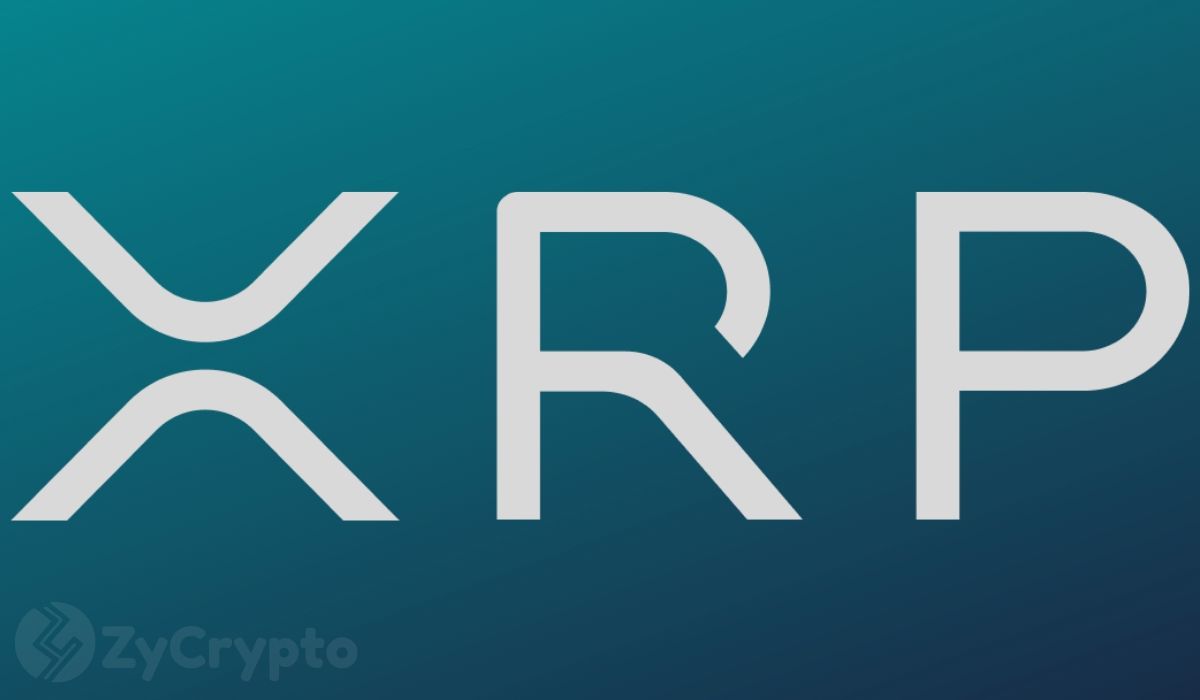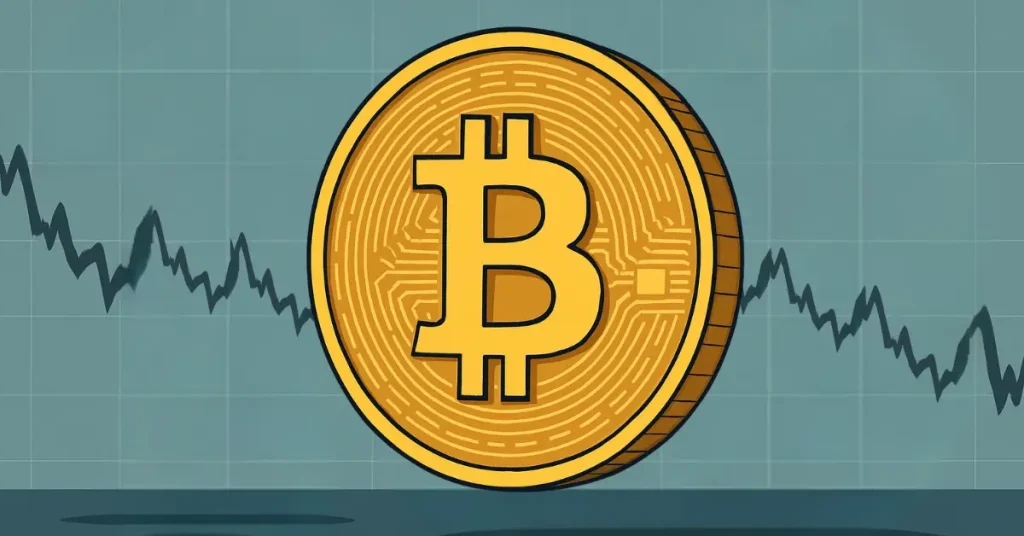ARTICLE AD BOX

As the global financial system evolves towards faster and more efficient payment solutions, XRP has emerged as a potential disruptor to SWIFT, the longstanding leader in cross-border transactions.
Notably, the latest speculation on XRP’s potential to overtake SWIFT has reignited debate, driven by a bold claim from DigitalIG, a former London-based fund manager and outspoken XRP advocate.
“When XRP replaces SWIFT, it will be valued beyond $15,000 per token,” he tweeted Saturday.
He highlighted that XRP’s design allows for such valuations, as each token can be divided into 1,000,000 smaller units known as drops.
Since its establishment in 1973, SWIFT has been the backbone of global finance, connecting over 11,000 financial institutions across more than 200 countries. It processes over $5 trillion in transactions daily, translating to an annual volume of approximately $1.25 quadrillion. However, SWIFT’s reliance on a correspondent banking network often results in inefficiencies, delays, and high costs.
These limitations have led financial institutions to explore alternative solutions, with Ripple and its native asset, XRP, emerging as a strong contender by providing real-time settlement using XRP as a bridge currency. Transactions on RippleNet are completed within seconds at a fraction of the cost associated with SWIFT’s traditional multi-day process.
That said, the idea of XRP replacing SWIFT has also been supported by various financial analysts, with some estimating that if XRP were to handle 5-10% of SWIFT’s annual transaction volume, its price and market capitalization would need to rise significantly.
In October 2024, global investment bank Houlihan Lokey identified Ripple as one of SWIFT’s strongest competitors, citing its On-Demand Liquidity (ODL) service as a key advantage. Additionally, in January 2025, Mark Yusko, CEO and CIO of the billion-dollar investment fund Morgan Creek Capital Management, expressed interest in supporting XRP if it replaced SWIFT.
However, despite its potential, several hurdles must be overcome for XRP to achieve such a valuation. Regulatory clarity remains a significant obstacle, particularly in the U.S., where Ripple has been engaged in a lengthy legal battle with the Securities and Exchange Commission (SEC). A favorable resolution could boost institutional confidence in XRP and accelerate adoption.
Scalability is another critical factor. SWIFT processes enormous transaction volumes daily, and for XRP to compete at this level, the XRP Ledger (XRPL) must be capable of handling similar loads reliably. While the XRPL already enables rapid settlements, further enhancements in liquidity management and infrastructure would be necessary to match SWIFT’s scale. Ripple’s ODL service is actively addressing these challenges, but more work is required before XRP can fully replace SWIFT.
.png)
 1 day ago
1
1 day ago
1








 English (US)
English (US)